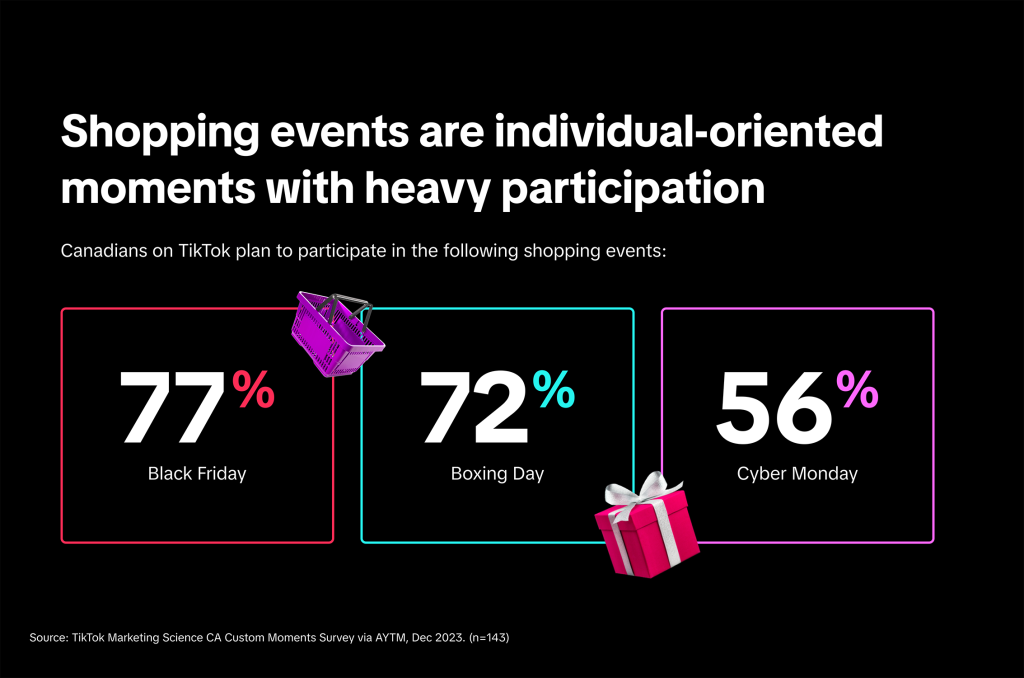The Beginners Guide to Internet Marketing for SMBs
Move over print ads and direct mail: Internet marketing is the new trend. Digital marketing now accounts for 56% of total marketing spend, with the industry expected to reach over $786 billion globally by 2026. For Canadian and North American businesses, staying ahead means embracing online marketing strategies.
Use this beginner’s guide to internet marketing to understand the basics and learn how to leverage digital channels for your business.
What Is Internet Marketing?
Internet marketing, also known as digital marketing, involves using online channels to help an audience learn more about your products. By leveraging tools such as websites, email, online advertising, social media, and more, you can reach potential consumers, educate them on your offerings, and convert them into customers.
Types of Internet Marketing
Internet marketing encompasses various strategies and approaches. Here’s a look at some of the most popular types:
Content Marketing
Content marketing involves creating and distributing valuable content to attract and engage your target audience. This can include blog posts, infographics, podcasts, videos, and more. The goal is to establish your expertise, promote your brand, and provide value to consumers, which can lead to increased audience retention, higher conversion rates, and greater brand awareness.
SEO Marketing
Search engine optimization (SEO) marketing involves optimizing your content to rank highly in search engine results pages (SERPs). This includes using relevant keywords, crafting compelling meta tags and descriptions, optimizing headings, and building high-quality backlinks. SEO is crucial for increasing organic traffic to your website.
Social Media Marketing
Social media marketing uses platforms like Facebook, Instagram, Twitter, LinkedIn, and YouTube to promote your brand and connect with potential customers. With an estimated 4.89 billion social media users spending an average of 151 minutes per day on these platforms, it’s a vital channel for engagement and brand awareness.
Affiliate Marketing
Affiliate marketing involves partnering with influencers or other entities to promote your products. For every sale or lead generated, the affiliate earns a commission. This strategy leverages the influence of trusted individuals to reach a broader audience.
Email Marketing
Email marketing involves sending targeted, personalized emails to a specific audience to promote products, services, or foster engagement. With a potential ROI of $36 for every dollar spent, email marketing remains one of the most effective digital marketing strategies.
Internet Marketing vs. Traditional Marketing
While both internet and traditional marketing aim to promote services, products, and brands, they differ significantly:
Communication Mediums
- Internet Marketing: Utilizes online platforms like websites, social media, emails, and search engines.
- Traditional Marketing: Employs offline methods such as billboards, direct mail, print publications, radio, and television.
Demographic Targeting
- Internet Marketing: Allows for precise demographic targeting, enabling you to reach specific audiences based on various criteria.
- Traditional Marketing: Often targets broader geographic areas with less precision.
Budgeting
- Internet Marketing: Generally more cost-effective, with lower CPM compared to traditional methods.
- Traditional Marketing: Typically more expensive, with higher CPM for mediums like direct mail and TV ads.
Lead Tracking
- Internet Marketing: Offers robust tracking capabilities, allowing you to measure impressions, clicks, and conversions easily.
- Traditional Marketing: Tracking ROI is more challenging, with less direct data on ad performance.
Interactivity and Engagement
- Internet Marketing: Facilitates two-way communication, enabling interactions with consumers through comments, likes, and shares.
- Traditional Marketing: Less interactive, with limited opportunities for direct engagement.
Global Reach
- Internet Marketing: Provides the ability to reach a global audience with ease.
- Traditional Marketing: Typically confined to specific geographic regions, making global reach more challenging.
Digital Marketing Strategies
Here are some key internet marketing strategies to guide your efforts:
Search Engine Optimization (SEO)
Optimize your website and content to rank higher in SERPs by using relevant keywords, creating compelling meta tags, and ensuring your site is user-friendly and fast-loading. A tool we highly recommend to review your SEO performance is SEMRush.
User-Friendly Website Design
A well-designed website is crucial for retaining visitors. Ensure your site is easy to navigate, mobile-responsive, and optimized for speed.
Social Media Outreach
Engage with your audience on social media platforms by responding to comments and messages, and participating in discussions. Link your posts with your content strategy to maintain consistency.
Customer-Centric Approach
Focus on understanding your customers’ needs and preferences. Develop detailed customer personas and create tailored content that addresses their challenges and provides solutions.
Pay-per-Click Advertising (PPC)
PPC advertising allows you to pay for ads that appear on platforms like Google and Facebook. You only pay when someone clicks on your ad, making it a cost-effective way to reach interested consumers.
Bottom Line
Internet marketing is an essential tool for small and medium-sized businesses. It offers cost-effective methods to reach a global audience, target specific demographics, and provide measurable results. By leveraging a mix of internet marketing strategies, you can enhance your brand’s online presence, drive sales, and build customer trust.
Ready to boost your digital marketing efforts? Contact us today to learn how we can help you create impactful online ad campaigns and more.










